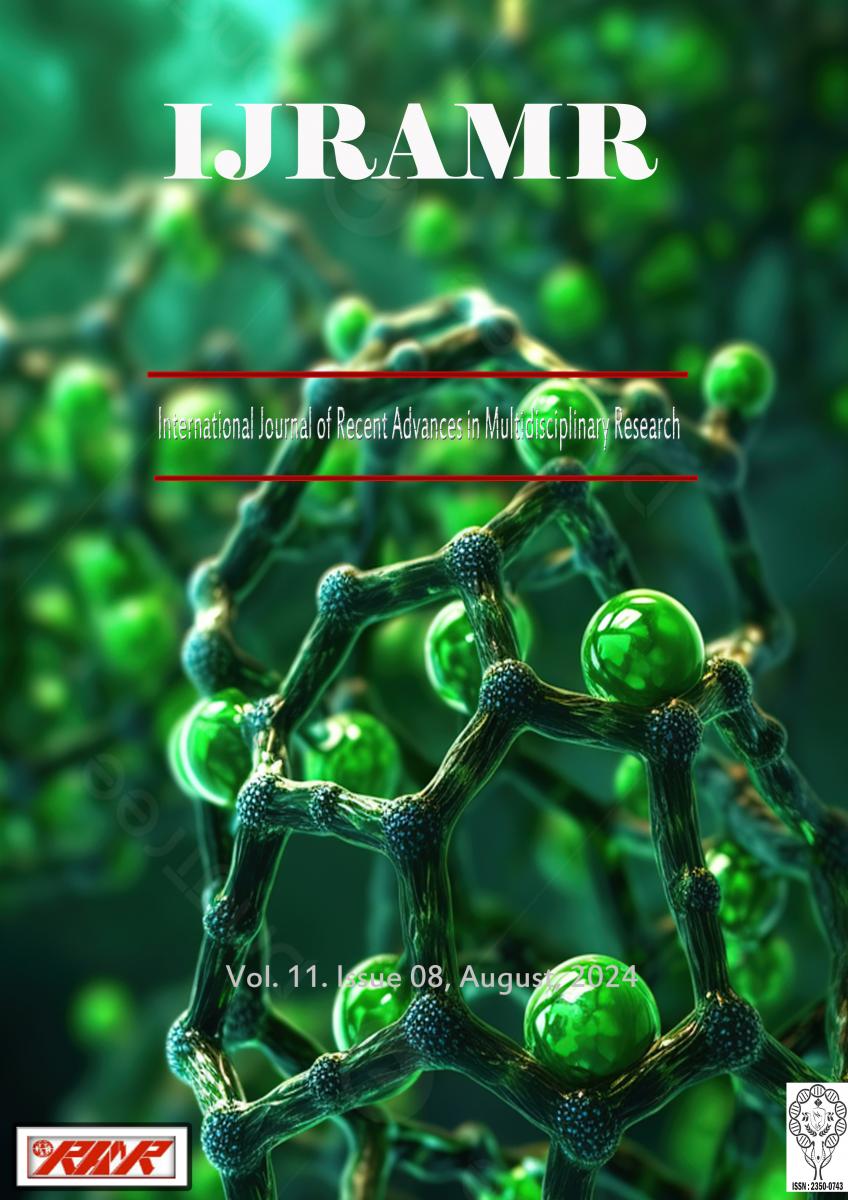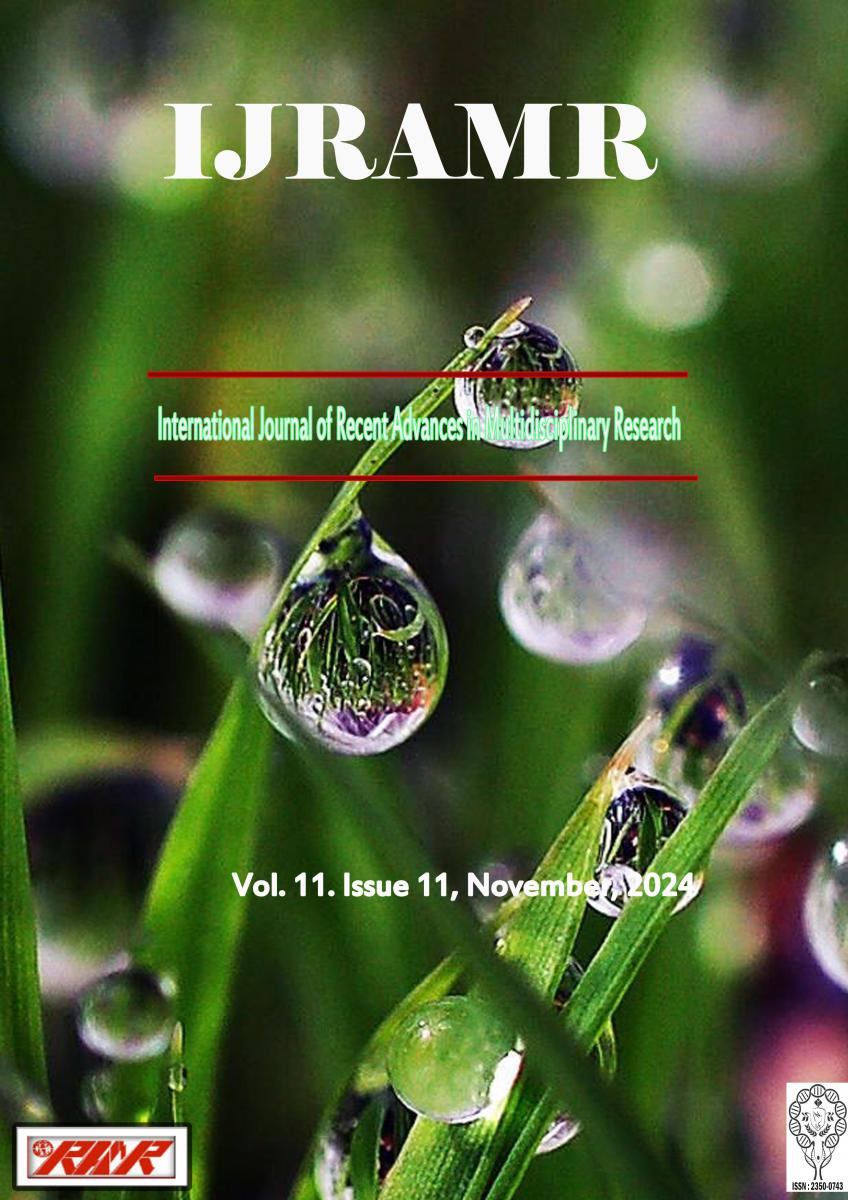Understanding hpv infection through ayurveda
Human Papilloma Viruses are members of a large family of viruses known as Papovaviridae. A number of patients infected with the above virus visit Ayurveda hospitals daily. This article is an effort to interpret the HPV infection through Ayurveda.






